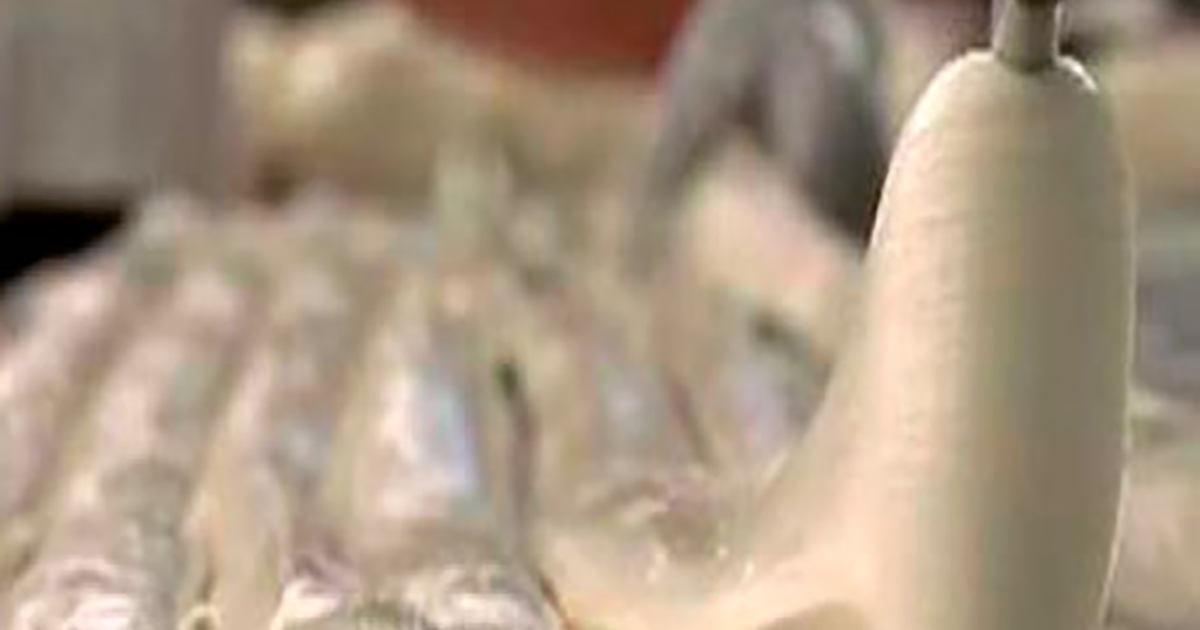Isolation, identification and characterisation of lactic acid bacteria present in cocoa mucilage and their application in food preservation.
Published on 02 from August from 2021

Background to the research project.
Agro-food industries generate enormous quantities of biodegradable solid or liquid waste, both organic and inorganic.
Ecuador is one of the top eight cocoa exporting countries in the world. The cocoa bean constitutes between 14-21% of the weight of the fruit, leaving 68-80% of the fruit as by-product waste.
Project development
During the development of the field research, lactic acid bacteria were isolated and identified after 48 hours of fermentation in cocoa mucilage, under temperatures ranging between 18 and 20°C, determining that they have starter culture aptitudes, using them as inoculum in different dairy products and potential uses in fruits, meats, vegetables and surfaces, with the aim of inhibiting the attack of pathogens and pests on them.
What are the conclusions?For the development or growth of lactic acid bacteria their optimal reproduction time is 48 hours. Lactococcus spp and Enterococcus spp are present at 48 hours of incubation in cocoa mucilage of national type (EET-103) and at 72 hours of fermentation in cocoa mucilage of Trinitario origin (CCN-51).
Lactic acid bacteria (Lactococcus spp) isolated from cocoa mucilage type Nacional (EET-103) and Trinitario (CCN-51) did not show susceptibility to antibiotics such as Oxytetracycline, Penicillin and Enrofloxacin.
The genus of Lactococcus spp bacteria isolated from both cocoa mucilage type Nacional (EET-103) and Trinitario (CCN-51), showed sensitivity to the cleaning and disinfection product called FULLTREX, as well as each genus of Lactococcus spp of the two cocoa varieties showed resistance to the other two cleaning and disinfection products called Total-12 Iodine and EASY-OFF.
The Lactococcus spp bacteria extracted from the National cocoa mucilage (EET-103), showed a higher acidification capacity against antibiotics compared to the Lactococcus spp bacteria extracted from the Trinitario cocoa mucilage. Bacteria extracted from the mucilage of both cocoa varieties behaved equally in their ability to acidify milk against various cleaning and disinfection products, maintaining a certain level of acidification over time.
In the fermentation of cream cheese, the lactic acid bacteria Lactococcus spp. showed favourable growth between 30°C and 40°C; it is worth noting that at 40°C of fermentation it presented better bromatological and sensory characteristics.
A fermentation behaviour, similar to the commercial one, was achieved by using matured cocoa mucilage for the acidification of the curd prior to the spinning of the mozzarella cheese. The 5% cocoa mucilage treatment showed favourable results in most of the physical, chemical and organoleptic characteristics, with an absence of pathogenic microorganisms and a ratio of 9.4 litres of milk per kg of mozzarella.

